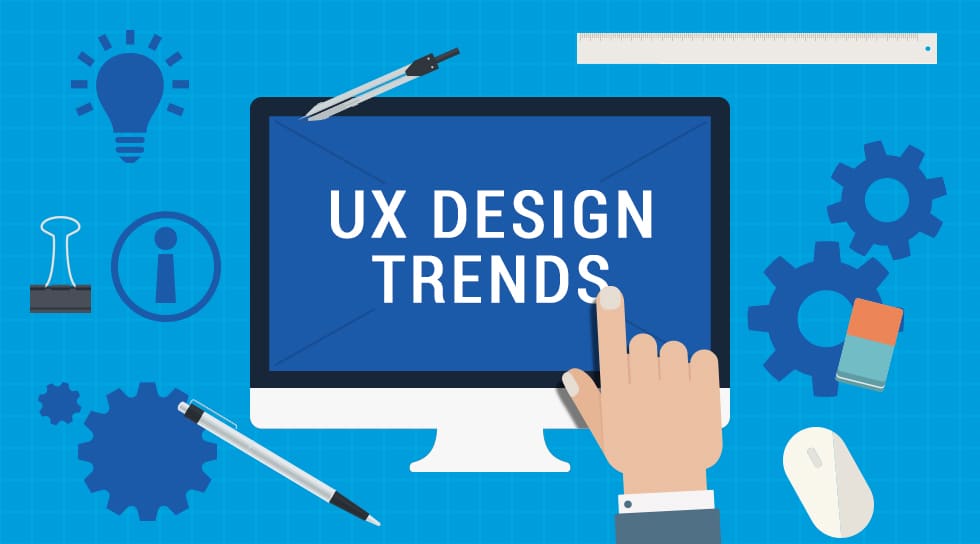UX is about delivering greater user satisfaction and pleasure by making the software more usable, accessible, and straightforward. As each year goes by, UX design becomes more and more sophisticated, with us seeing new tools, new frameworks, new technologies, and the latest trends.
When it comes to the user experience of a website, we always strive to improve it. It’s for this purpose that we don’t hesitate to test new UX trends as designers. Again, it’s for this reason that we keep a keen eye on some current UX trends and those that we should follow in the coming years. Below, we’ve hand-picked some of the top UX trends every designer should currently know about.
Age Responsive Design
We all know that a responsive site offers some excellent viewing and growing experience regardless of the device it is being used on. We are soon set to see sites adapting their content, layout, and structure to a range of ages. Just like a young child, teenagers, and senior citizens don’t watch the same programs on TV, they react differently to the same content online. For this reason, we can’t have a ‘one size fits all’ solution for website interfaces. Therefore, we should expect to see more adaptivity according to the user. For example, we should plan font sizes and spacing that naturally increase according to the poorer eyesight of the elderly, more vivid hues for younger users, and sober shades for older people. Along with others, these changes are sure to make the software more accessible and more straightforward for its users.
Microinteractions will be more critical than ever
Microinteractions are the small bits of activity that the majority of us don’t think about. They are simple, hardly take any effort, and of course, brief. Overall, effective microinteractions follow this order:
Rules- decides what happens when a user takes action and how.
Feedback- the user gets to choose what happens next.
Loop and Modes- how long it is in play (should it stop or keep going).
In case you don’t know what a micro-interaction is, they could be- tabs at the top, a button at the bottom, which takes you to the starting of the page, and so on. These small details may seem minuscule, though they are indeed the difference between liking and loving a website. In design, a designer should always concentrate on natural interactions, with details, feedback, and notifications- though make sure you do it in a way that conveys information without overwhelming users.
Innovative Display of Content
You shouldn’t be surprised if you realize that several designers start teaming up with content marketing experts to showcase content in new ways. Visitors love reading blogs, but why not innovatively display the information. You can do so via graphs, tables, lists, buttons, and so on. While you won’t need to do this for everything you post, the personal brand can process visual content somewhat easier at times. It’s predicted that designers will start to leverage this trend by integrating optimal CTA buttons, message interaction, and length. After all, the visitor is the King; so, expect a rise in the popularity of this trend.
Personalization
We all love to be made to feel special, and so giving users what they want, before they ask for it, is what we mean by great personalization. The most common examples of personalization are relevant to the content, push notifications for special events, article recommendations, social media connections, products, etc. The only way to do these things is if you know your user well. To do so, you should conduct interviews, field studies, and surveys to understand what your target audience prefers. By creating user segments, you can help yourself categorize who you are creating the design for, and what they are ultimately searching for. You can ask for additional information at the sign-up stage, though this may annoy users a bit, so you should keep the process short and sweet.
De-Linearity
Contrary to what you might think, a minimalist design might not mean more user-friendliness. In the last few years, we’ve seen a lot of simplification for apps and services: navigation menus were narrowed, and interactions were compartmentalized. Consider the Uber App, we think of it as a perfect example of contained use:
- Where do you want to be picked up
- Get your ETA
- Pay the driver
- Rate the driver according to your experience
Even though these kinds of apps work well, we guarantee that future users will want a better all-round experience. This is where de-linearity comes in; we think it is going to be the future trend and one that every designer should know about. Ultimately, users will have more navigational options, more decisions to take through every process, and different ways to complete each touchpoint.
With every site that someone visits, they automatically compare it to the last. Incorporating the tips above may make all the difference in getting visitors to fall in love with your site and engage more with your brand. If you fail to do this, you may watch your digital footfalls tumble and become non-existent.
If you are looking to create a site or roll out a redesign this year, be sure to contact the Gomie Design team today. With a team of professionals paired with competitive pricing, we will be sure to cater to your web design needs.



